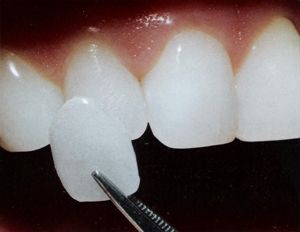Dental Crowns

What to Know
A crown, in restorative dentistry, is a cap which encircles a tooth or is part of the dental implant complex.
A crown is employed for any of the following reasons:
- restore a broken, fractured, or severely worn tooth
- cover and support a tooth with a large filling
- hold a dental bridge in place
- cover a misshaped or severely discolored tooth
- improve strength and appearance
The placement of a crown usually requires two visits. On the initial visit the tooth is reduced slightly in size around the perimeter, in order to accommodate the crown. The preparation process eliminates decay and the damaged portion of the tooth, the color is matched and a temporary crown is placed to protect and cover the prepared tooth.
An impression is made, sent to the laboratory where the crown is fabricated. There are several crown materials and each has one or more advantages and disadvantages. All metal is durable but is non-white and therefore undesirable for mot patients.

Porcelain fused to metal combines strength with the color of teeth but the metal is detectable at the gum line in some circumstances.
All porcelain crowns provide the best natural color match but they do not have the strength of the prior two types. All porcelain crowns make a good choice for front teeth if strength is not required.
A particular type of ceramic crown known as Zirconia has two noteworthy qualities. It has both exceptional strength and translucency which compares to natural teeth.
Because of the numerous factors involved in choosing which crown to use, a discussion with Dr. Morales will help in resolving your choice.
